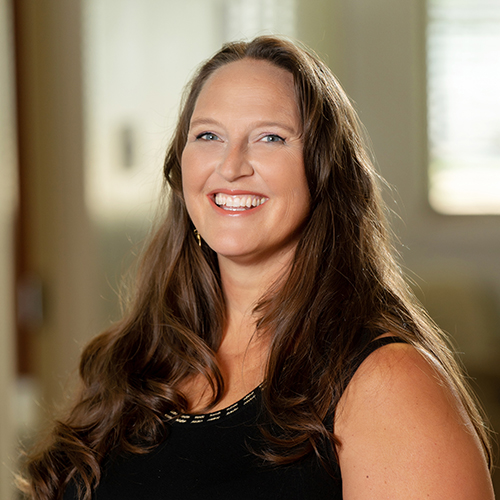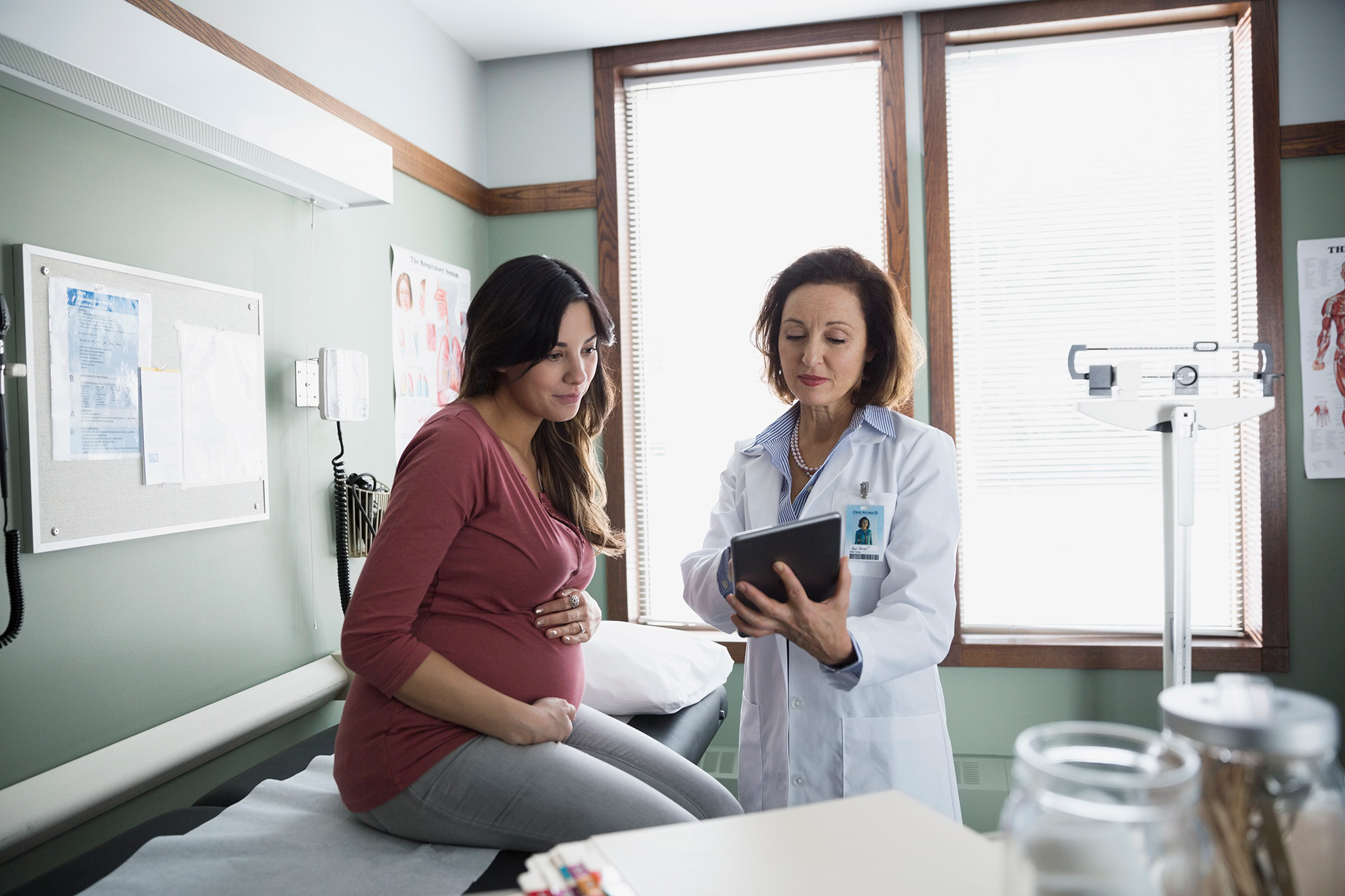Expert

Keri Barclay
Actions
Type
Topic
- Maternal Health
- Membership
MHA recently hosted a critical care obstetric training event to expand clinicians’ skills at hospitals with limited critical care OB capacity. The training, funded through MHA’s partnership with the U.S. Department of Health and Human Services’ Office of the Administration for Strategic Preparedness and Response, is designed to support OB-specific care for critically ill pregnant patients, including fetal assessment, delivery and neonatal management.
Missouri’s significant OB deserts often result in patients presenting with critical conditions at hospitals with limited dedicated critical care OB resources. The training was designed to support immediate critical care assessment and management for pregnant patients, patient stabilization and — where appropriate — transport to the most appropriate care environment.

“In some parts of the state, the distance between home and high-acuity care can mean expecting mothers in medical emergencies need intensive care locally,” said Keri Barclay, MHA’s manager of clinical preparedness and coalition administrative liaison. “This program helps front-line clinicians leverage experts and tools to prepare for complex OB care for these patients.
OB caregivers from throughout the state attended the program. It included presentations and skill stations — using relevant equipment and training manikins — to share best practices and provide practical, hands-on training to guide clinical decision-making.
Mylee Hicks and Elena Beckman, registered nurses at Lake Regional Health System in Osage Beach, Mo., attended the training.
According to Beckman, the prevalence of poor health and chronic conditions results in more complex care for patients in the community she serves. Caring for pregnant patients in an intensive care unit setting is specialized and requires specific training and competencies.
“Pregnant women are dealing with higher acuity illnesses,” Beckman said. “Even at a small facility, we still have those patients walk in our door and have the need to stabilize them before sending them to a higher acuity facility.”
Hicks, a labor and delivery nurse, indicated that finding similar training for the critical care setting is difficult. She said that similar high-tech and high-touch training is hard to find, and as a newer nurse, she appreciates the opportunity to grow.
“There’s always room to learn,” Hicks said. “This class was extremely informative. There are a lot of things that we are hopeful to implement in our unit.” The training was part of MHA’s Fundamental Critical Care Support series that includes obstetrics, pediatrics and surgical coursework.









